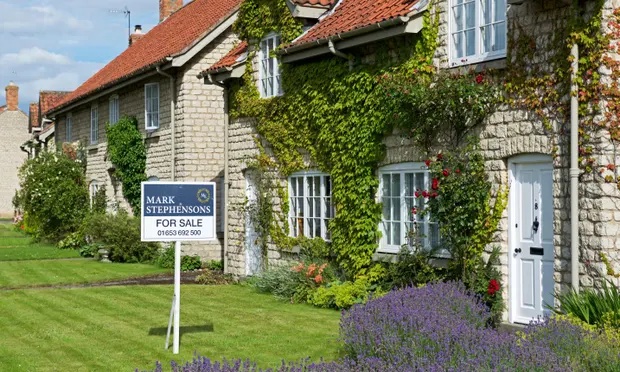
Second-home buyers and buy-to-let investors will potentially save thousands of pounds due to the stamp duty holiday.
All property buyers benefit from the tax break announced by Chancellor Rishi Sunak in the summer of 2020, which was recently extended and tapered until September 2021.
This means that those buying additional properties, such as a second home or as an investment, only pay the tax at a rate of three percentage points on the first £500,000 of a property’s price.
Outside the holiday, these buyers would pay this surcharge on the first £125,000, after that they were charged 5pc on the next £125,001 to £250,000, with the rates increasing as the property value did. It applies to homes purchased in England and Northern Ireland.
When does the stamp duty holiday end?
The stamp duty holiday was originally set to end on March 31 this year but was extended in the Budget until June 30. After this date, a tapered tax break, where the reduced rate will apply up to a threshold of £250,000, will then be introduced for three months until September 30. Thereafter, the threshold for paying the higher rate of stamp duty will be reinstated at £125,000.
Jamie Johnson of property investment firm FJP Investment said: “Faced with ongoing changes to the buy-to-let market, there has been a notable increase in the number of landlords exiting the market.
“This provides some much-needed relief to a section of the property market that has long felt neglected.”
Someone buying a second home worth £150,000 would save £500 on their stamp duty, according to calculations by AJ Bell. For someone buying an additional property worth £500,000, the saving would be much larger. Their tax bill would halve, falling from £30,000 to £15,000.
Can I save stamp duty on a second home or buy-to-let property?
Since April 2016, anyone buying an additional property – essentially, second homes and buy-to-lets – has had to pay an additional three percentage points in stamp duty. The charge applies above the normal stamp duty rates.
Now the normal stamp duty rates have been cut, those buying an additional home will also benefit. They will pay 3pc tax on the first £500,000 of the property’s price, 5pc on the value between £500,001 to £925,000, 13pc on the next £575,000 (the portion from £925,001 to £1.5m) and 15pc on anything over £1.5m.
Previously the respective tax bands were: 3pc up to £125,000, 5pc on anything between £125,001 and £250,000 and 8pc on the value between £250,001 and £925,000. The tax rates for the bands between £925,000 to £1.5m and over £1.5m have not changed.
What about Scotland and Wales?
Land and buildings transaction tax, the Scottish equivalent of stamp duty has been cut too. Rather than kicking in on homes worth more than £145,000, the tax will only apply when a purchase is more than £250,000. However, the tax break did not receive the same extension as its counterpart in England and will end at the end of March.
The Welsh Government is also offering a stamp duty holiday to property buyers, which has also been extended, however, those buying a second home will be exempt.
Buy-to-let investors who already own their own home have to pay a surcharge, as does anyone who helps a child buy a property. There is still widespread confusion about when the surcharge does and does not apply, even among property professionals.
Source: Daily Telegraph








